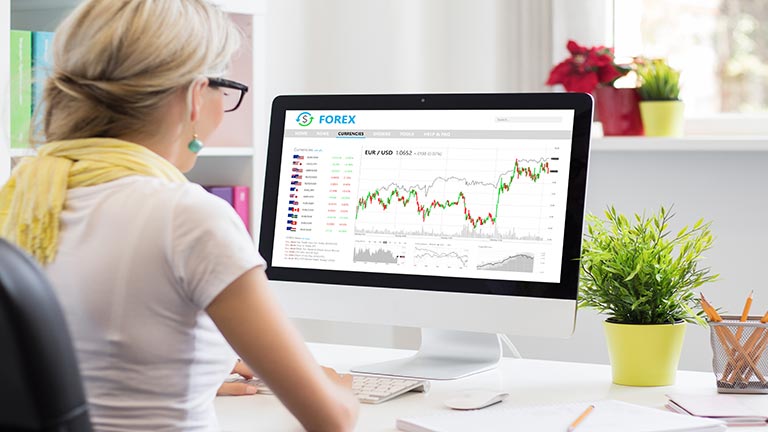How to Choose the Right Leverage Ratio for Your Trading Style

By Dale Gillham

Understanding leverage in trading
Leverage is a powerful tool that allows traders to amplify their potential returns using borrowed funds. While it can significantly increase profits, it also comes with increased risk. Understanding how leverage works is crucial for making informed trading decisions.
Assess your risk tolerance
Assessing your risk tolerance is essential before selecting a leverage ratio. Ask yourself how much risk you are willing to take on each trade. Are you comfortable with losing a significant portion of your capital, or do you prefer a more conservative approach? Knowing your risk tolerance will help you choose a leverage ratio that aligns with your comfort level.
Match leverage with your trading style
Different trading styles require different leverage ratios. Day traders, who make multiple trades within a single day, often use higher leverage to maximise their short-term gains. On the other hand, swing traders, who hold positions for several days or weeks, might opt for lower leverage to minimise risk. Consider your trading style and how long you typically hold positions when choosing your leverage ratio.
Start small and gradually increase
If you are new to trading or using leverage, starting with a lower ratio is wise. This approach allows you to get accustomed to the increased risk without putting too much of your capital at stake. As you gain experience and confidence, you can gradually increase your leverage.
Use risk management strategies
Implementing robust risk management strategies is essential when trading with leverage. Set stop-loss orders to limit potential losses and avoid overleveraging your account. Always ensure you have a clear plan for managing risk and stick to it, regardless of market conditions.
Monitor your positions closely
Leverage can magnify both gains and losses, making it crucial to monitor your positions closely. Keep an eye on market movements and be prepared to adjust your strategy as needed. Regularly reviewing your trades will help you stay on top of your positions and make necessary adjustments to your leverage ratio.
Consider market volatility
Market volatility can significantly impact leveraged trades. Even small price movements can lead to substantial gains or losses during high volatility. When choosing your leverage ratio, consider the current market conditions and adjust your leverage accordingly to manage risk effectively.
Seek professional advice
If you're unsure which leverage ratio is right for you, consider seeking advice from a financial advisor or trading professional. They can provide personalised guidance based on your trading goals, risk tolerance, and market conditions, helping you make informed decisions.
Finding your optimal leverage
Choosing the right leverage ratio is a critical aspect of successful trading. By understanding leverage, assessing your risk tolerance, matching leverage with your trading style, starting small, using risk management strategies, monitoring positions, considering market volatility, and seeking professional advice, you can find the optimal leverage ratio for your trading style. With the right approach, leverage can become a powerful tool in your trading arsenal, helping you achieve your financial goals.






